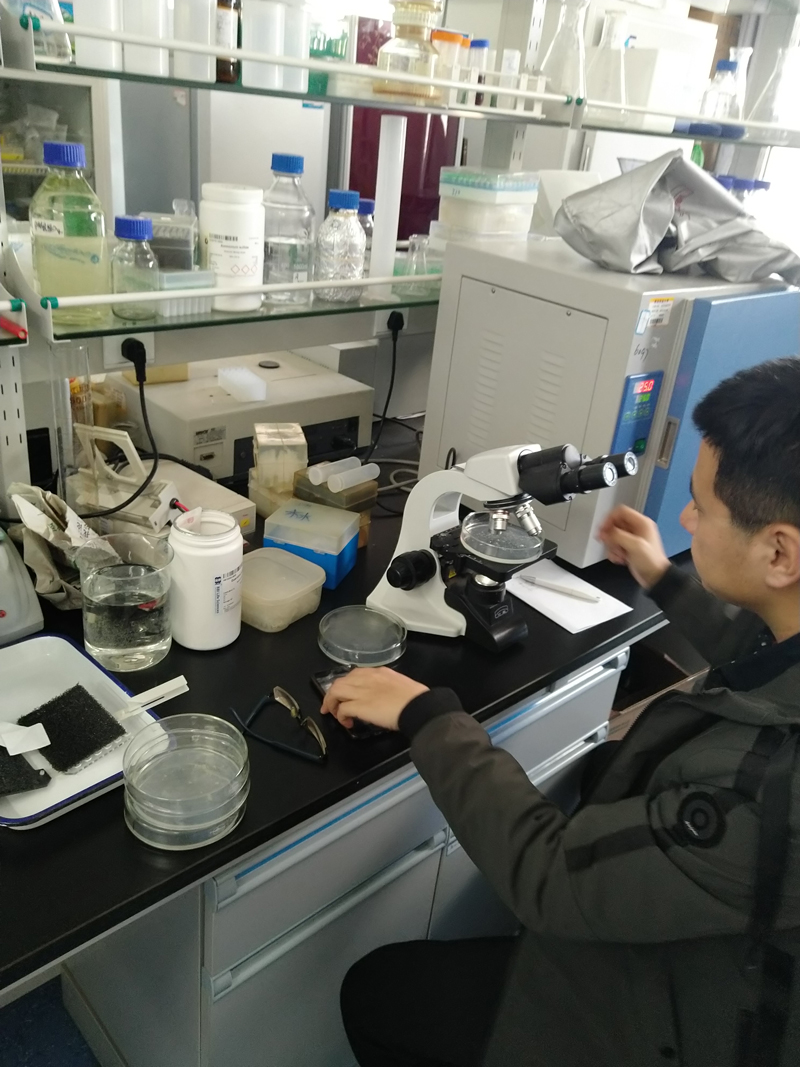Oct . 02, 2024 05:08 Back to list
A Renowned Method for Cherry Pollen Germination Techniques and Applications
The Famous Protocol for Cherry Pollen Germination
Cherry trees are not only celebrated for their stunning blossoms but also for their importance in agriculture and horticulture. The successful germination of cherry pollen is crucial for breeding programs and the production of high-quality fruits. Over the years, researchers have developed a standardized protocol for cherry pollen germination, which has become a cornerstone for those involved in cherry cultivation. This article outlines the key components of this famous protocol, ensuring both accuracy and efficiency in cherry pollen germination.
Step 1 Collection of Pollen
The first step in the pollen germination process is collecting viable pollen grains. This is best accomplished during the peak flowering period of the cherry trees, which typically occurs in spring. To collect pollen, select flowers that are just beginning to open. Gently tap or shake the flowers, allowing the pollen to fall onto a clean, dry surface. Alternatively, a small brush can be used to collect pollen directly from the anthers. It is crucial to perform this step during dry weather, as moisture can adversely affect pollen viability.
Step 2 Pollen Storage
Once collected, cherry pollen should be stored appropriately to maintain its viability. Ideally, pollen should be dried in a desiccator or a similar environment that creates low humidity conditions. The recommended storage temperature is usually around -20°C (-4°F). When stored properly, cherry pollen can remain viable for several years, making it accessible for future germination experiments.
Step 3 Preparation of Germination Medium
famous protocol for cherry pollen germination

The next step involves preparing a suitable germination medium. A common choice is a sugar solution, often consisting of 10% sucrose, which provides essential energy for pollen growth. Additionally, incorporating calcium nitrate or boric acid into the medium can significantly enhance pollen tube development. The medium should be sterilized to avoid contamination, commonly achieved through autoclaving.
Step 4 Germination Process
To initiate the germination process, dilute the pollen in the prepared medium at a concentration of approximately 1,000 to 10,000 grains per milliliter. After mixing, place a small aliquot on a microscope slide, covering it with a cover slip to maintain moisture and prevent evaporation. The slide can then be kept in a warm, controlled environment, typically around 20-25°C (68-77°F), for optimal germination conditions.
Step 5 Monitoring and Evaluation
Evaluating pollen germination is crucial for assessing its viability and success in fertilization. Pollen grains can be observed under a microscope, and germination is indicated when a pollen tube extends from the pollen grain. Researchers often report germination rates, which are vital for future applications in breeding programs.
Conclusion
Implementing the famous protocol for cherry pollen germination is essential for optimal outcomes in cherry cultivation. By following these carefully structured steps—collection, storage, medium preparation, germination, and evaluation—growers and researchers can maximize the potential of cherry trees. Understanding this process not only enhances the efficiency of breeding programs but also contributes to the production of better-quality cherries in the global market. As agricultural practices continue to evolve, mastering such protocols remains critical in sustaining and improving fruit production worldwide.
-
Pure Plum Tree Pollen for Sale - Optimal Pollination
NewsAug.22,2025
-
Apple Tree Pollen for Sale: Boost Orchard Yields!
NewsAug.21,2025
-
Premium Cherry Pollen: Essential for Pure Pollination
NewsAug.19,2025
-
Pollen Peach Tree: Pure Pollination for Bountiful Harvests
NewsAug.18,2025
-
Premium Kiwi Pollen for Sale - Boost Your Crop Yields
NewsAug.17,2025
-
Unlock Abundant Yields: Pure Pollen Peach Tree Solutions
NewsAug.16,2025